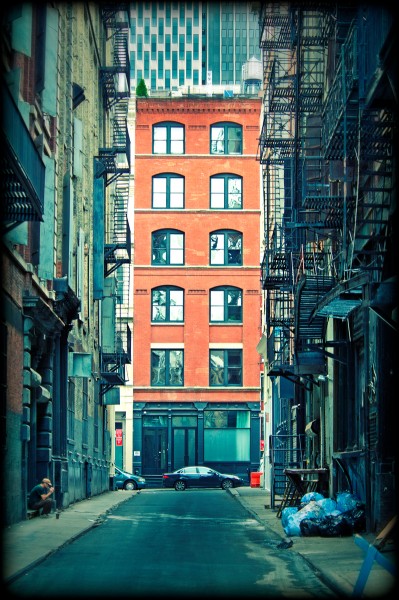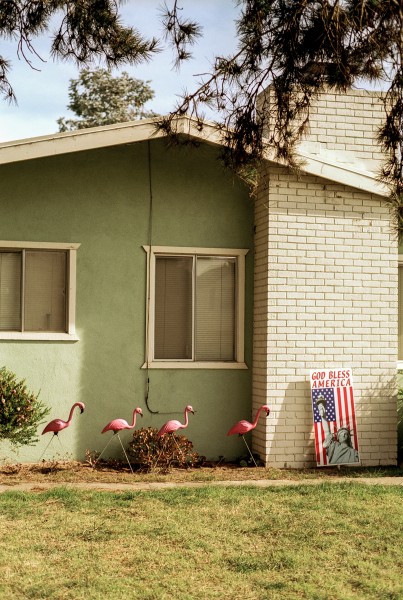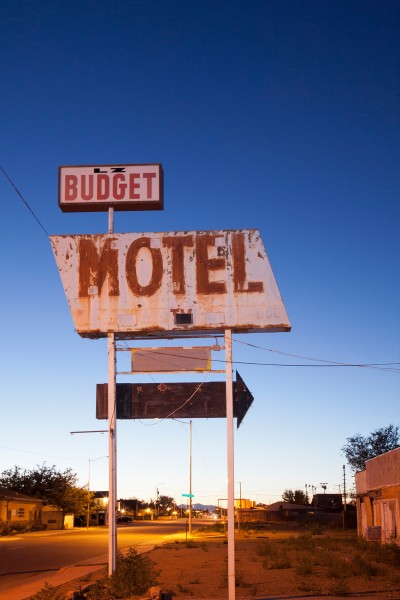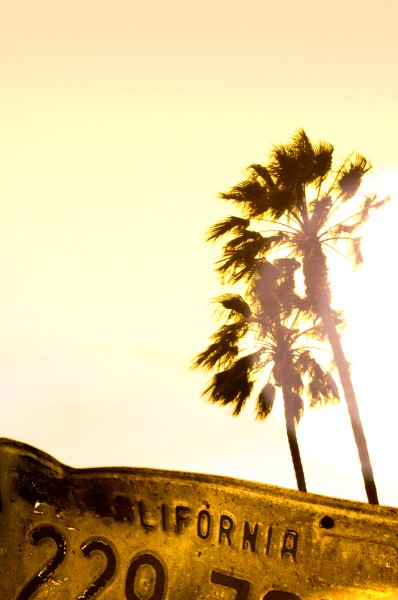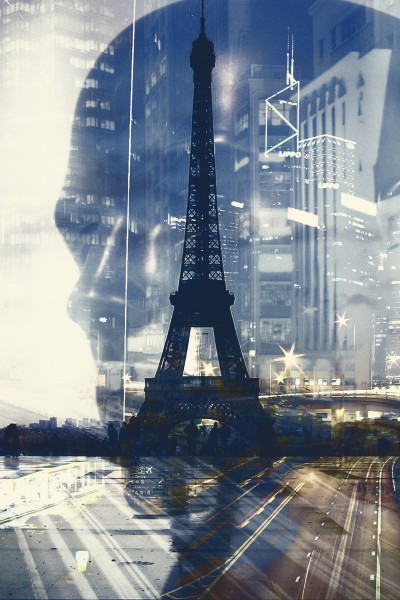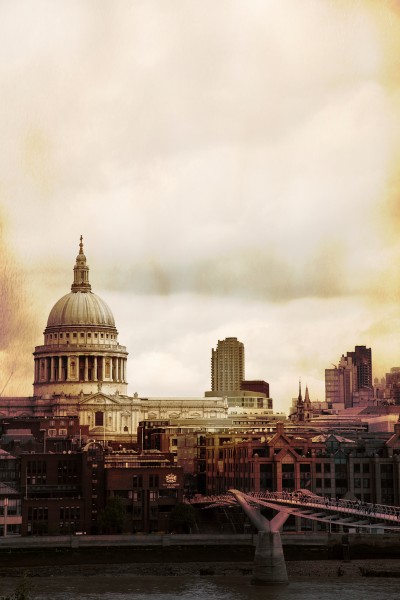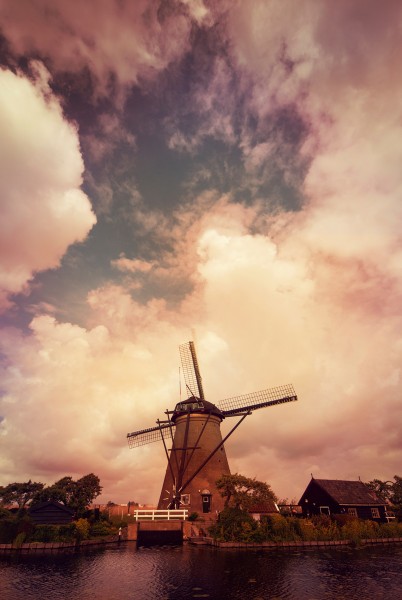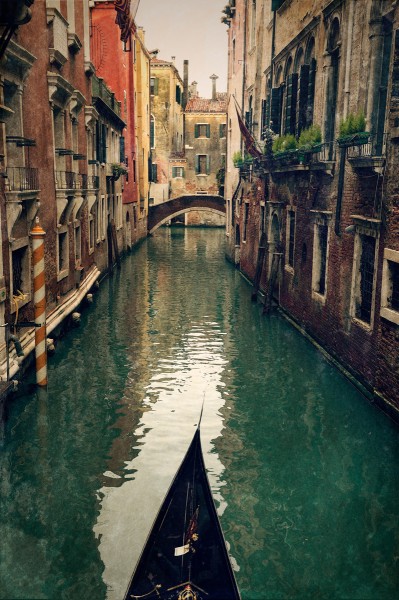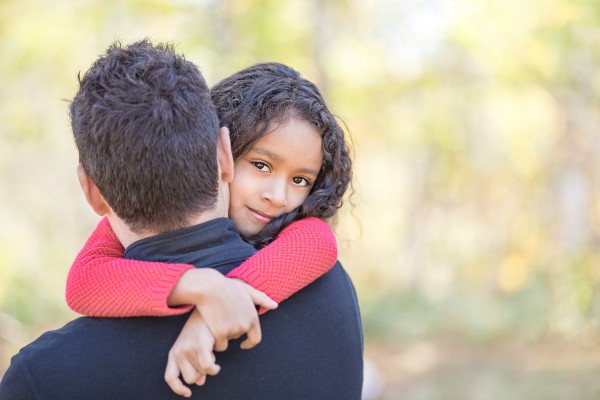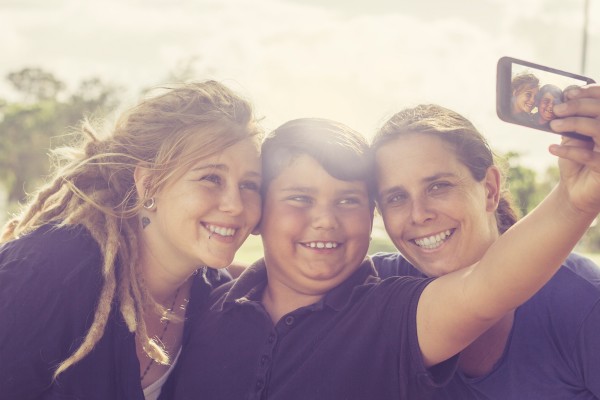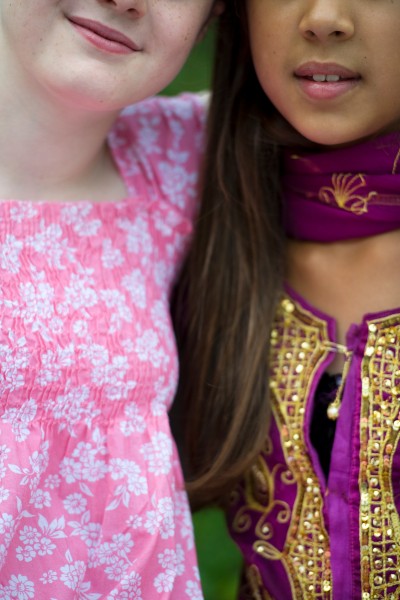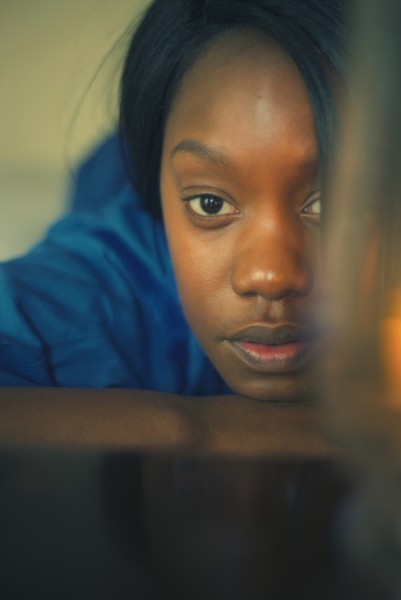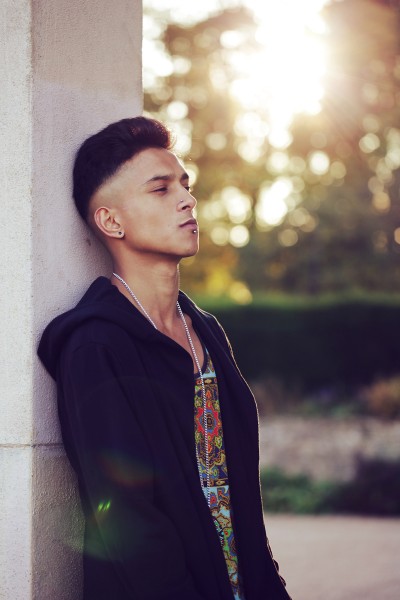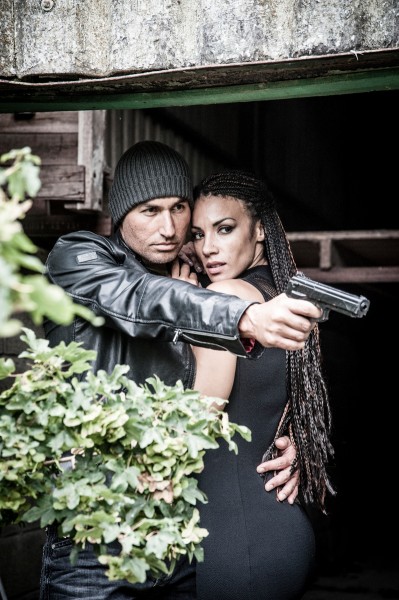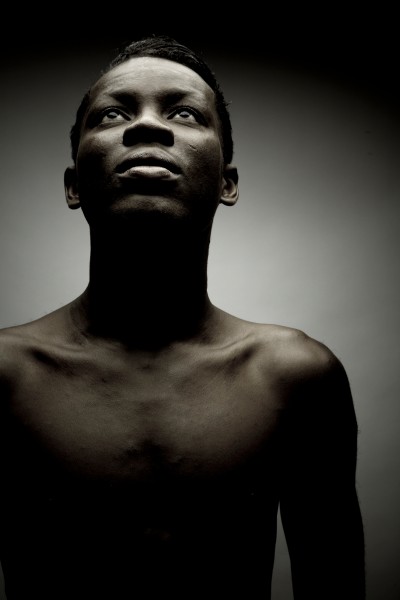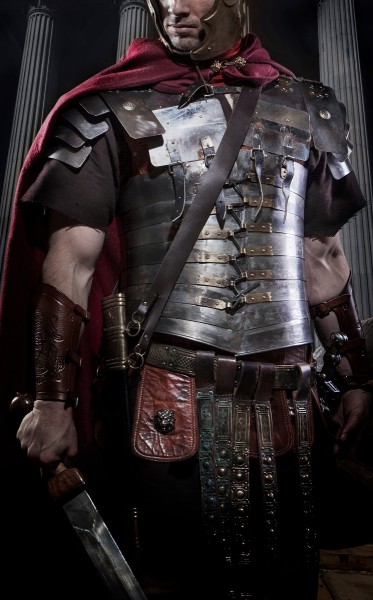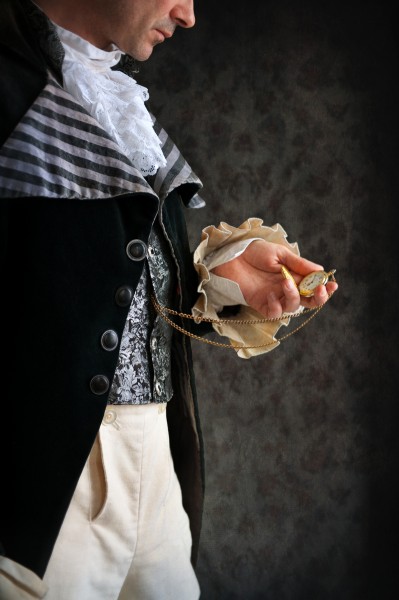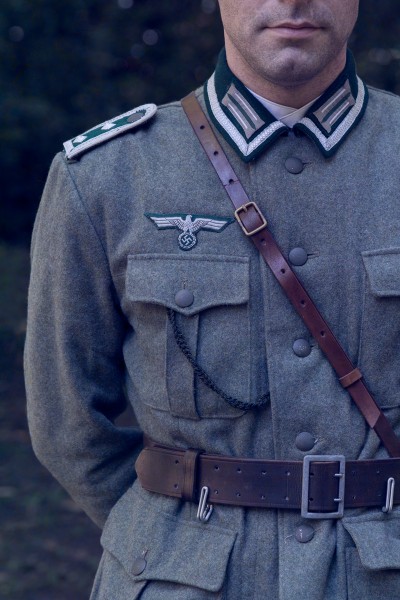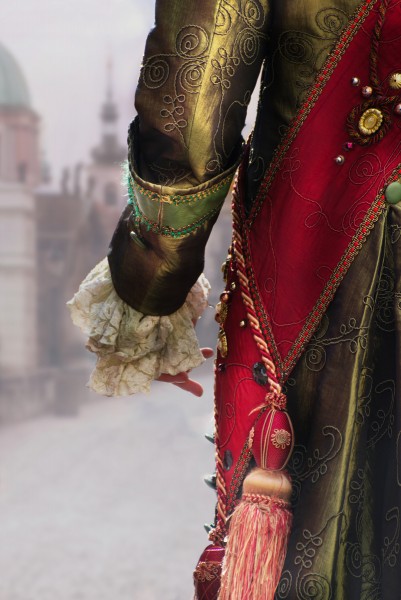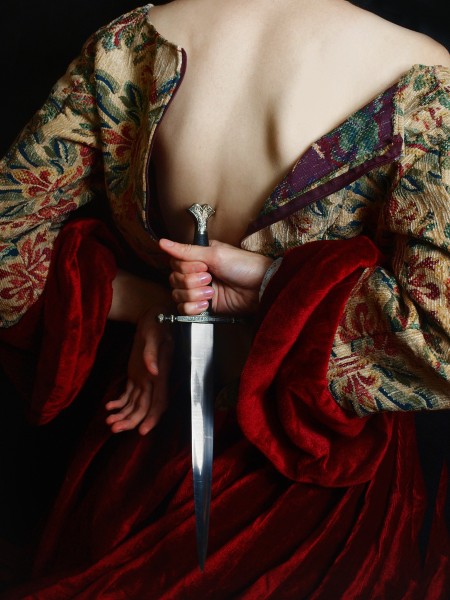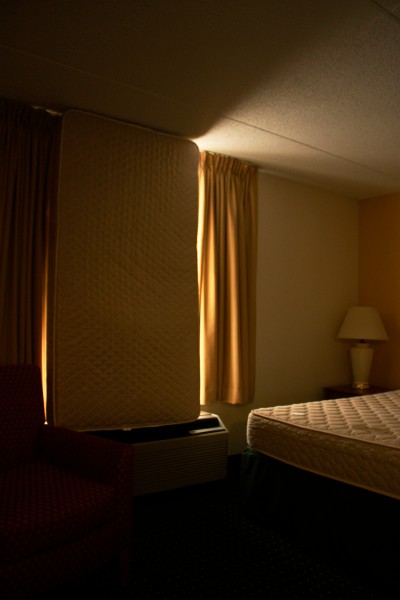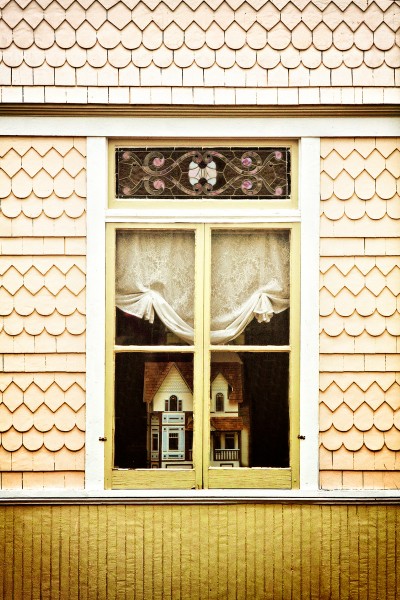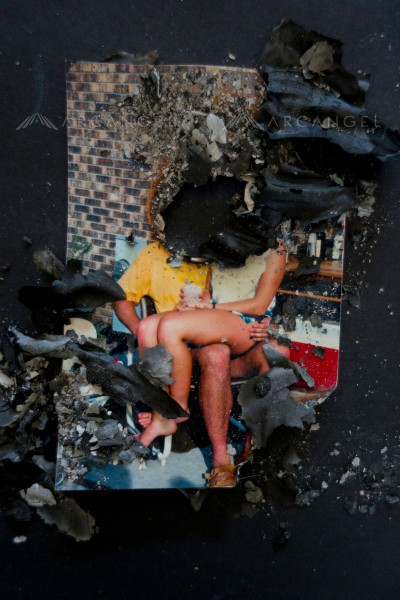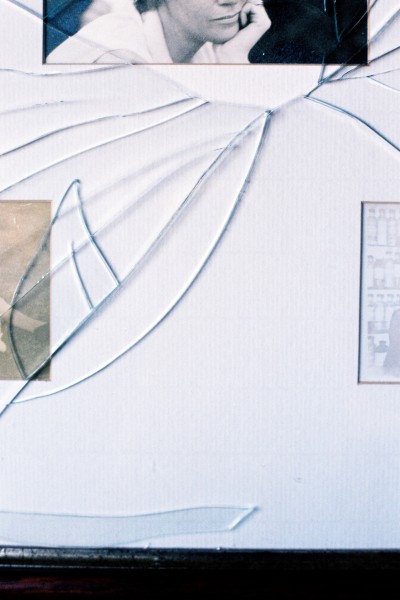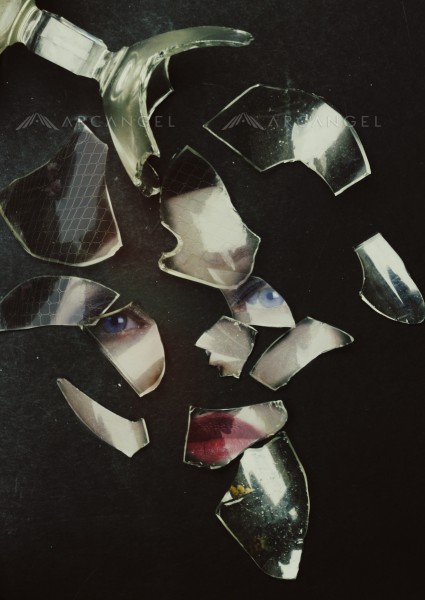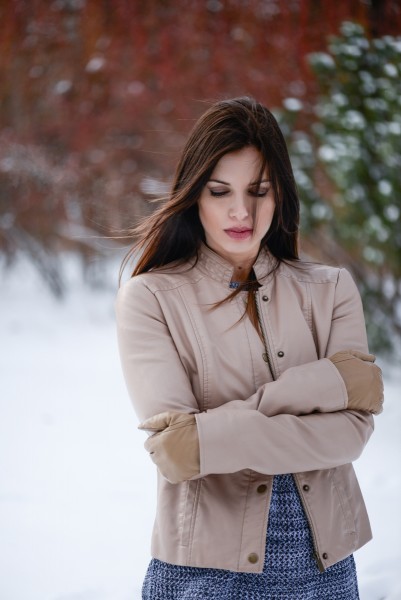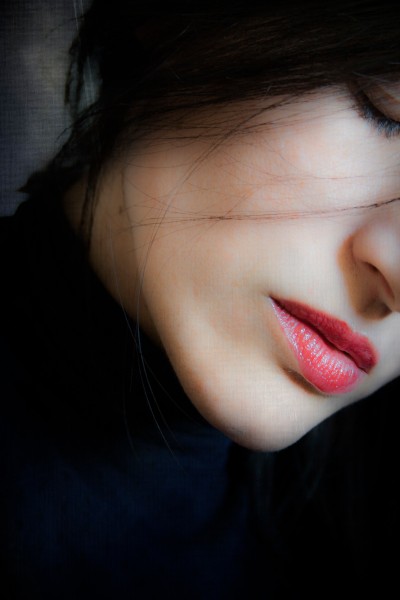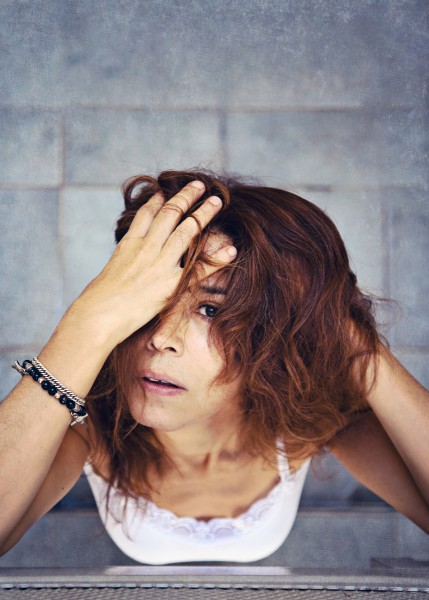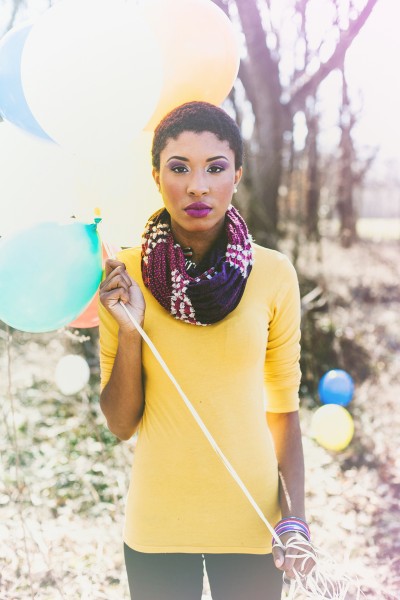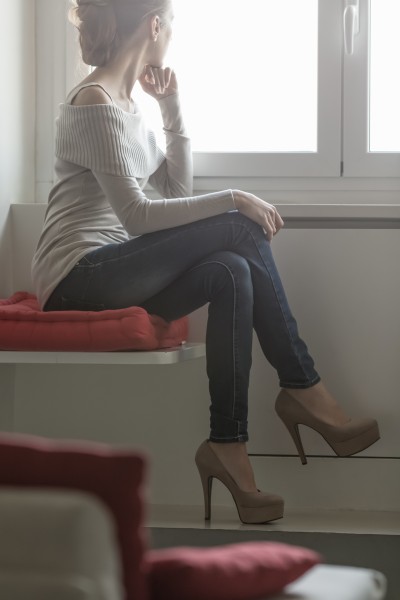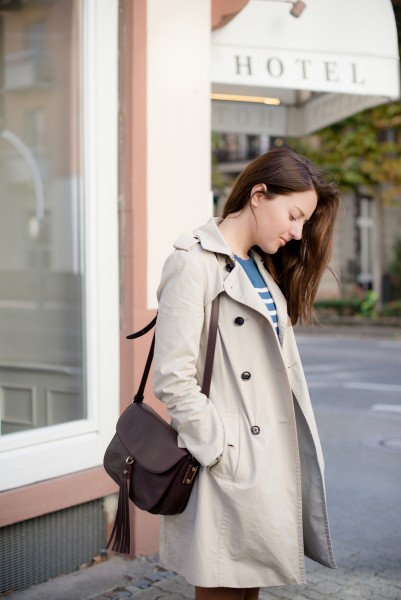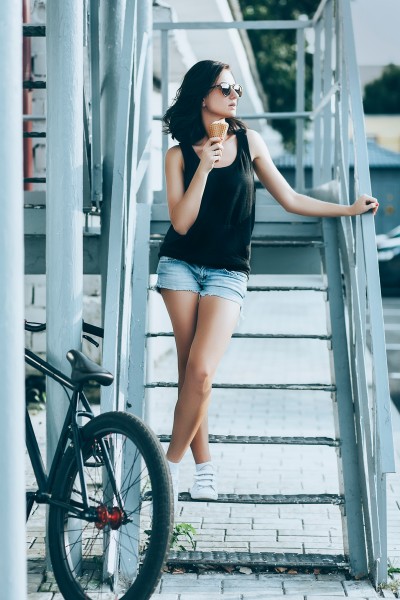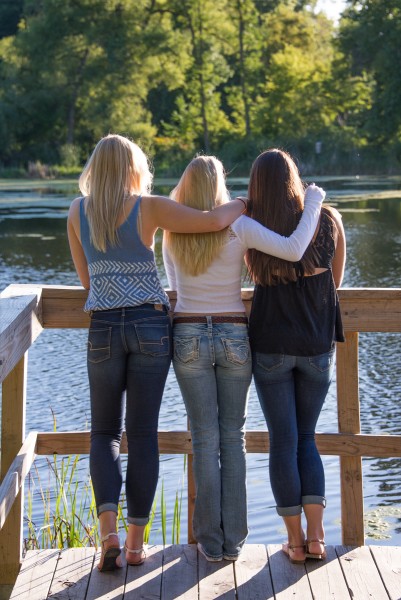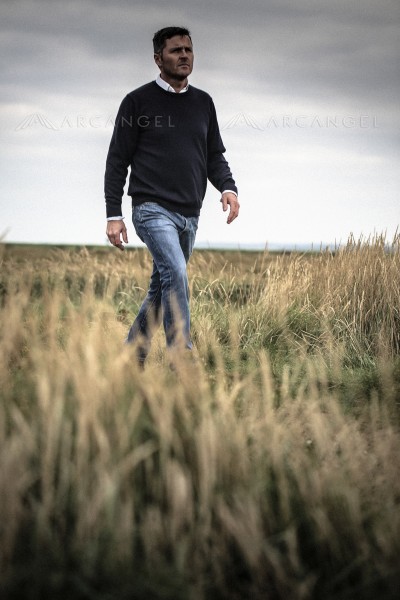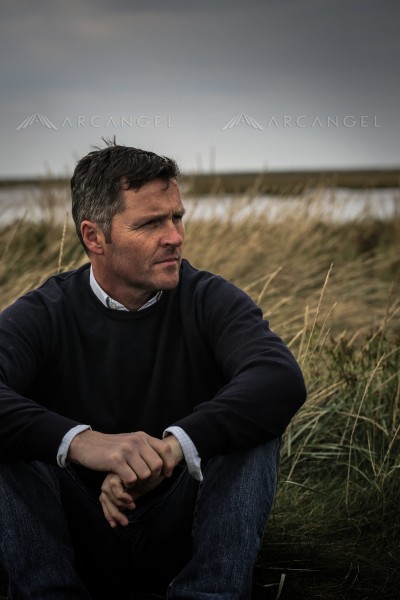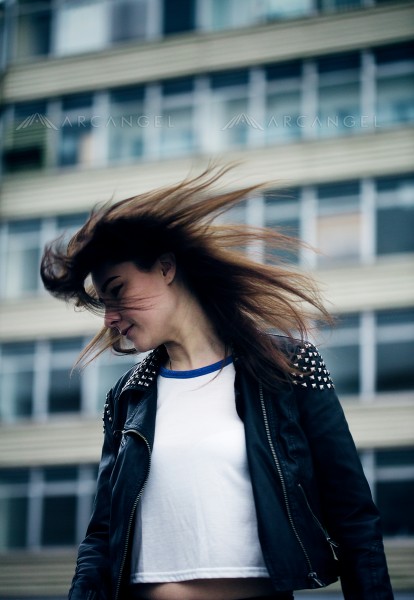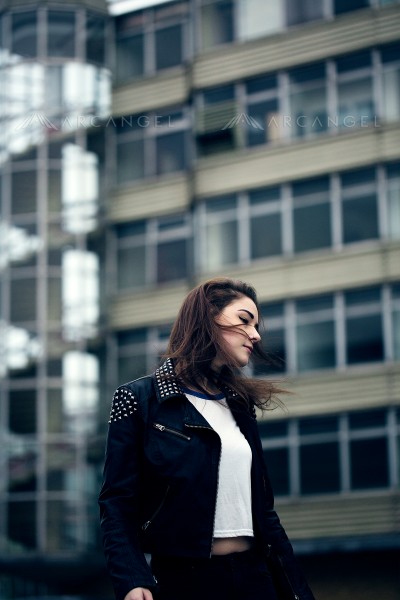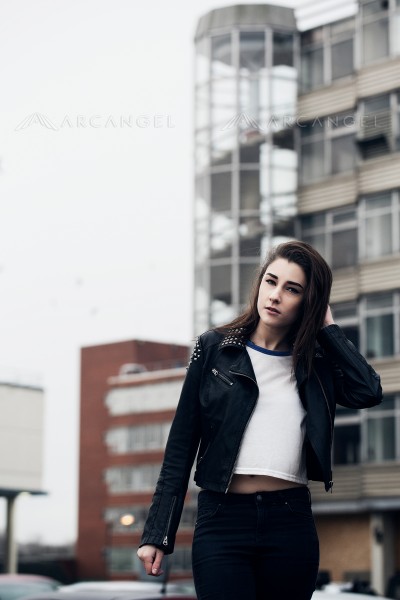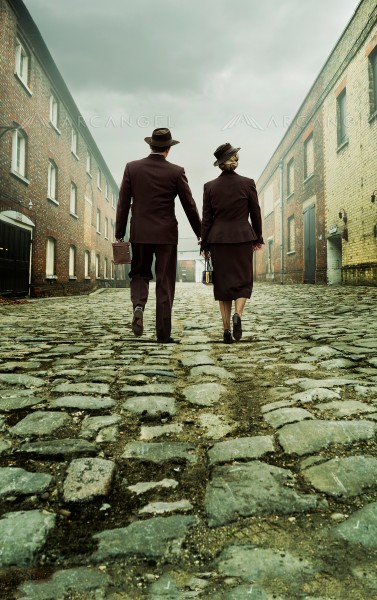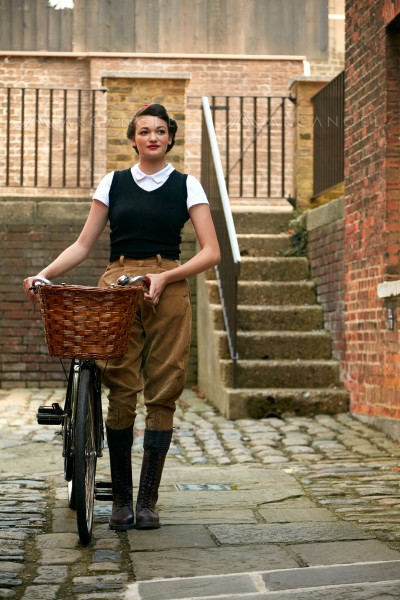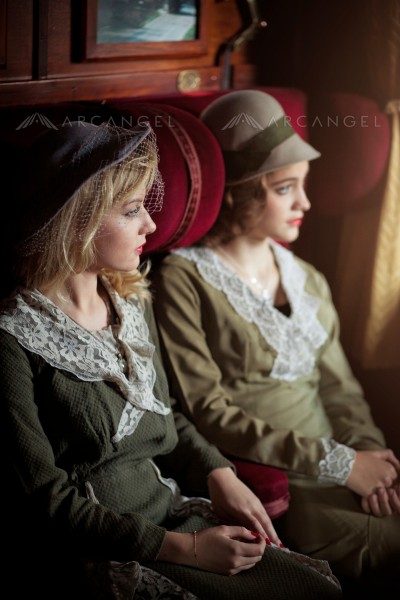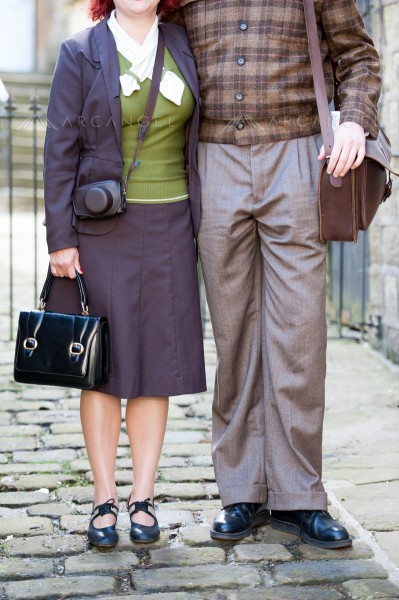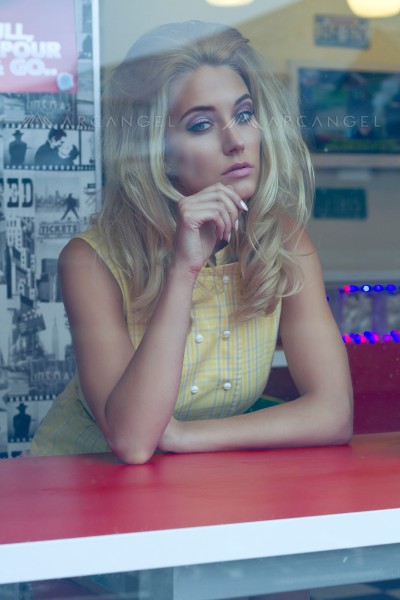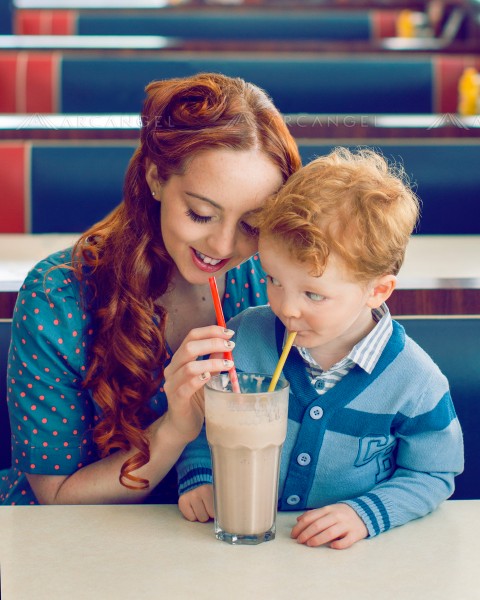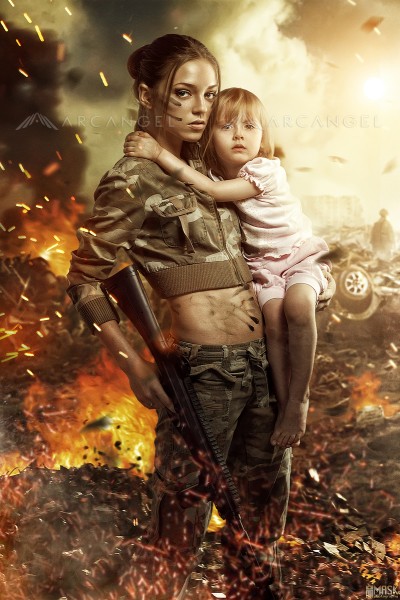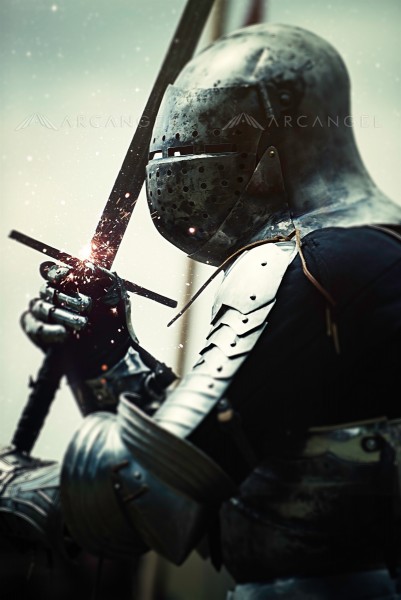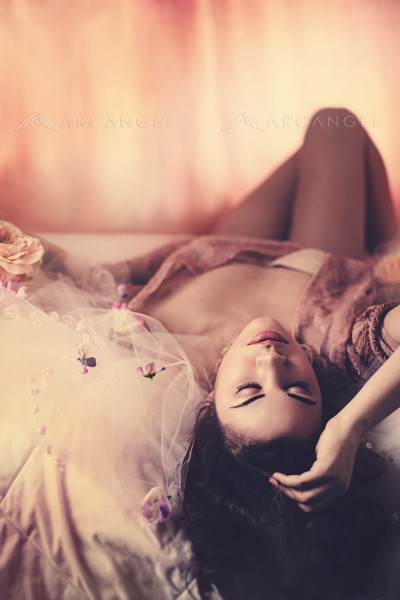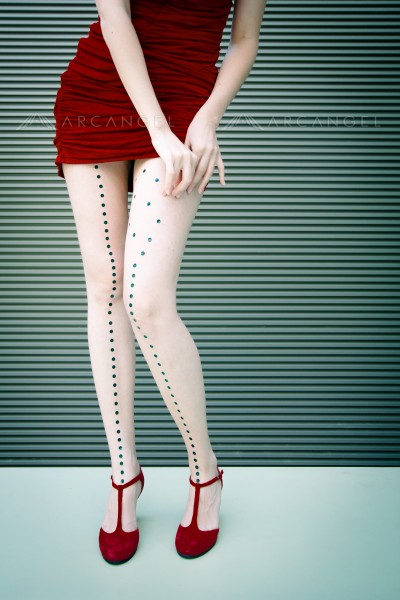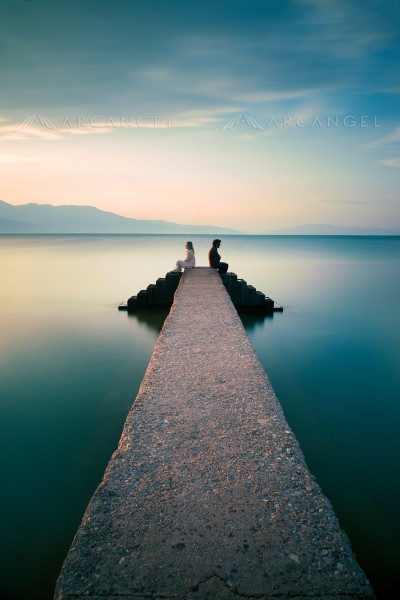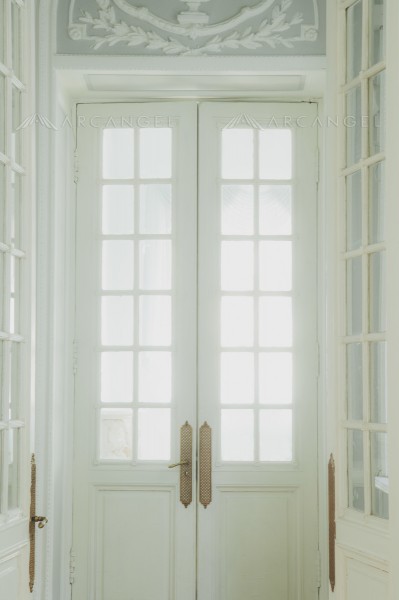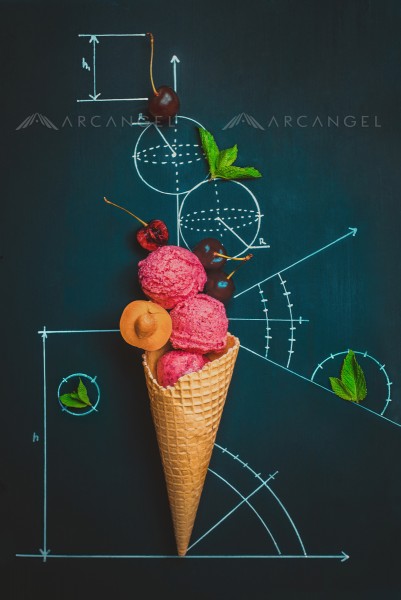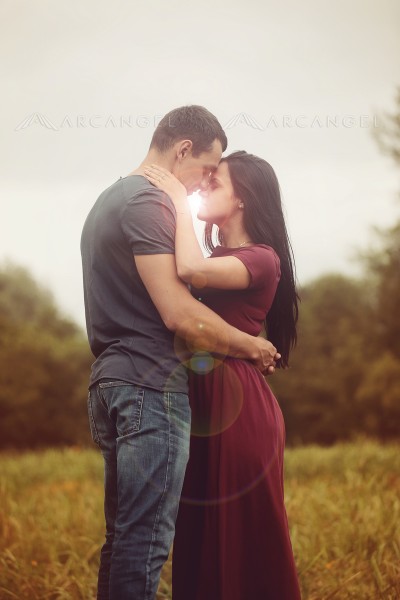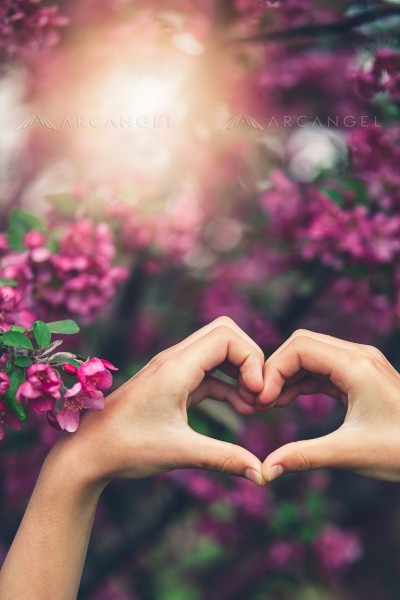2015 in review: The top 10 requests from book publishers
The Arcangel sales team continually gathers feedback from our core clients in the book publishing sector about what they are looking for in photography, what they struggle to find from libraries, and which genres are the most popular.
The following is our list of the requests and suggestions we have heard the most often over the past year, and we’ve put them into a top ten by popularity – this is what the people who buy and work with our images are telling us they want, and may be worth keeping in mind if you’re preparing a shoot!
Here’s the countdown…
10. Americana
Publishers in both the US and UK asked us for more American concepts. This could be almost anything – US landscapes, street scenes, motels, diners, trailer parks, landmarks…
Images of suburban US homes are also often requested.
- AA1418129
- AA1422939
- AA1316395
- AA1232630
- AA1205666
- AA1189194
- AA1173589
- AA1147159
9. Named locations.
Art departments often contact Arcangel to ask for more information about individual photos, and one of the most common queries is a request for the exact location of a shot, if it’s not present in the keywords or caption.
Contemporary fiction will often be firmly located in real places, and for thriller covers in particular we’re frequently being asked for images of recognisable US and European cities.
- AA1434782
- AA1448704
- AA1415748
- AA1360735
- AA1240644
- AA1237579
- AA1220982
- AA1211920
8. Children and family groups.
Family groups and children often feature in research briefs submitted by our clients, and we’ve been told by several researchers that they are difficult to get from libraries.
In particular, we’ve been asked for images of families with children of different ages, and images where several generations are depicted. Our clients feel they don’t have enough to choose from in this area.
- AA21088
- AA21089
- AA1449169
- AA1232167
- AA1336757
- AA1433602
- AA1346313
- AA1383801
- AA1323326
7. Ethnic Diversity.
The need to increase diversity and representation has been hotly debated in the publishing industry this year, with major publishers seeking to promote more works by black & minority ethnic authors, and books featuring non-white characters.
Young adult publishing is at the forefront of these efforts. Images including models from different ethnic backgrounds, especially young people, will be more and more in demand.
- AA170136
- AA1296931
- AA1183675
- AA1382630
- AA1221878
- AA1234960
- AA1407782
- AA161265
6. Period Detail.
When we spoke to publishers of historical fiction they repeatedly emphasised the importance of detail. Designers seem to love being able to focus a design around a particular piece of costume or jewellery. Still-life images of historical objects are also frequently requested.
Good research is also hugely appreciated by these publishers. Cover designs often have to be approved by authors with a deep knowledge of their subject, and images that have elements from the wrong era are often rejected. 21st-century make-up on medieval women was flagged as a common issue, for example!
- AA1158679
- AA1379752
- AA1189369
- AA1442938
- AA1256740
- AA1329171
- AA1172965
- AA1175966
5. Psychological Thrillers.
This is a fiction genre that has emerged relatively recently but continues to be successful and very influential. A common theme of the genre is a character discovering that their life or a relationship is not what it seemed. Visually, this is usually presented as an everyday suburban or domestic scene with a subtle hint of disturbance – a picture hanging askew, a broken object, a familiar scene turned on its head somehow.
Publishers have been asking us about these concepts throughout 2015 and the demand is likely to remain high.
- AA1157856
- AA1249124
- AA196800
- AA1319653
- AA1248097
- AA1192250
- AA1231916
- AA1340340
4. Sympathetic female characters.
Commercial fiction publishers often mentioned the need for more images of women who are appealing and attractive, but not too conventionally beautiful or too obviously models – women that readers can identify with. We were asked for more images of women aged 30-50 in the same general context.
Wardrobe is also a factor – we had a plea from one major publisher for more images of women wearing everyday casual clothing and footwear, as opposed to women wearing dresses or beachwear and walking barefoot.
- AA1237843
- AA1326805
- AA1366021
- AA1426184
- AA1435022
- AA1435230
- AA1452397
- AA1225607
3. Comprehensive coverage of subjects.
Several publishers encouraged us to cover all the basic composition options during photoshoots. For example, a shoot with a model would ideally include a full-length shot, a head & shoulders portrait, both front and rear views, the model shot with and without props or accessories, and so on.
Several publishers reported occasions where they had seen ‘near misses’ – images where they liked the model but not the angle, or where just too much of a figure had been cropped out, or where they liked everything apart from a hat…Researchers would not necessarily expect to see all these variants on the website, but would still greatly appreciate their being available on request.
- AA1428292
- AA1428298
- AA1428308
- AA1428311
- AA1442659
- AA1442661
- AA1442664
- AA1442671
2. Mid-twentieth century period costumes.
By far the most-requested subject matter for images was for ordinary working people, women especially, from the 1940s, 50s and 60s. This applied to both literary fiction and commercial romance, and we’ve had requests for everything from London in the Blitz to rural Ireland in the 60s. The TV series Call The Midwife was constantly cited as an influence, and nurses are enduringly popular.
- AA1225016
- AA1415352.
- AA1432507
- AA1408549
- AA1224144
- AA1407366
- AA1157639
- AA1211255
And the number one request…
1. Clean imagery free of heavy textures.
This was the comment we heard more than anything else, and was mentioned again and again in our calls and meetings with publishers.
There is a practical aspect to this. It’s usually easier for designers to take a clean image and apply their own textures than it is to remove effects that are already there.
However, what came across above all was that art directors and designers are simply less keen on images that have been heavily treated with layers, filter effects or textures. There is far more demand for images with a crisp, clean, ‘HD’ look about them.
- AA1207727
- AA1447050
- AA1407526
- AA1426104
- AA1447050
- AA1342304
- AA1453085
- AA1393095
- AA1446411
- AA1374835
- AA1330681
- AA1438676
We hope this is useful guidance – we look forward to growing our collection with even more great photography in 2016


